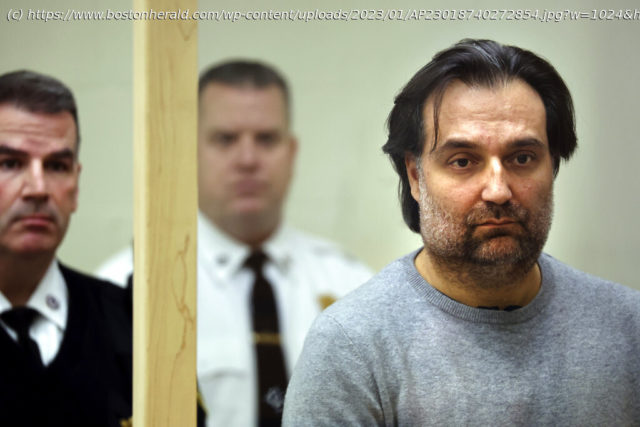There’s one piece of evidence that prosecutors can’t use in their case against Brian Walshe for the murder of his wife, Ana Walshe: a body. But trying murder without a body has been a high-profile highlight of, now, three successive Norfolk District Attorneys.
There’s one piece of evidence that prosecutors can’t use in their case against Brian Walshe for the murder of his wife, Ana Walshe: her body.
But trying a murder case without a body has been a high-profile highlight of three successive Norfolk County District Attorneys. The previous cases resulted in, first, a plea deal admitting manslaughter and, second, a murder conviction.
“I see what Mike Morrissey has done, it is clear that the effort that went into this case was substantial,” William Delahunt told the Herald of how Michael Morrissey, the current Norfolk DA, has handled the early stages of the Walshe case. “He appears to be doing the kind of work that he needs to be doing.”
Delahunt, a former U.S. congressman, served as Norfolk DA for 22 years, from 1975 to 1997 — the Superior Court in Dedham was renamed in his honor in October — and the case dubbed “Missing Beauty” by the Herald fell right in the middle of that tenure.
That was the slaying of Robin Benedict in 1983 by obsessed Tufts University anatomy professor William Douglas, for which he would cop to manslaughter just as the jury was seated in his murder trial.
Then came the second-degree murder conviction, the first in Massachusetts without a body, of Joseph Romano in 2002 for beating his wife, Katherine, to death and then dismembering her with a borrowed power saw.
Those cases are from an earlier age, and “forensics has evolved so much” in the intervening years that DNA sourced from materials, “maybe it comes from an internal organ or some tissue” that couldn’t have been present on items from some external cut, “could become a strong proxy for not having an actual body,” said Christopher Dearborn, a clinical law professor at Suffolk University Law School.
In the case of Ana Walshe, investigators say Brian Walshe searched on Google starting in the early morning hours of Jan. 1 — the morning Ana disappeared — for ways to dispose of a body and went to Home Depot the next day to buy $450 worth of cleaning supplies.
Some of those supplies — including a Tyvek-style paper suit spattered with blood, gloves, a hacksaw, a hatchet and cutting shears — were later found in trash from a dumpster in Swampscott, as were personal items of Ana’s, including her boots and necklace and even a COVID-19 vaccination card in her name.
“This is a situation where circumstantial evidence and direct evidence, the line between them gets blurred a little bit,” Dearborn said. “The classic direct evidence is an eye witness or a confession, but we don’t have an eye witness or a confession.






